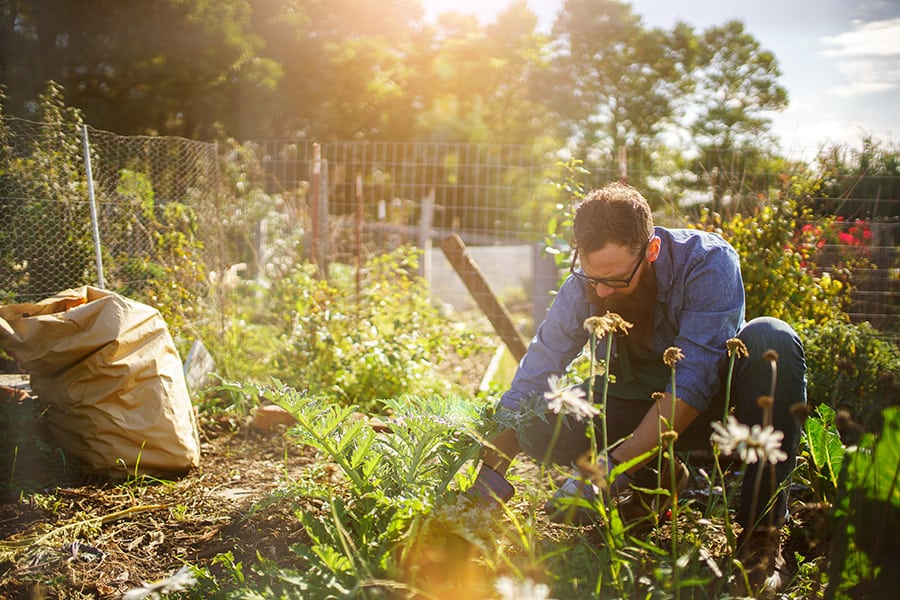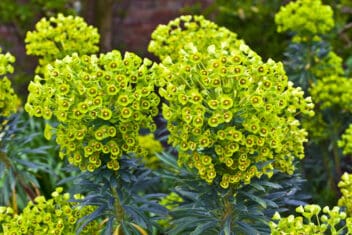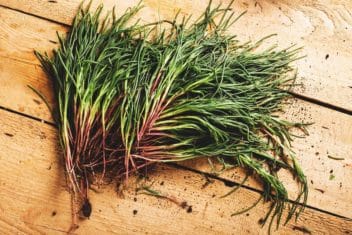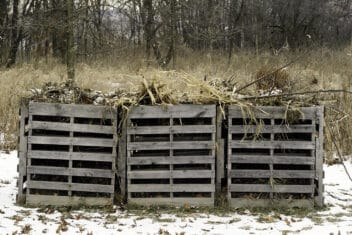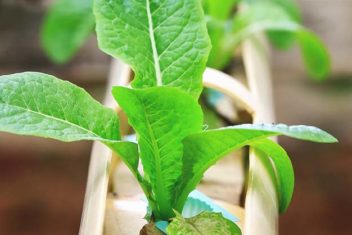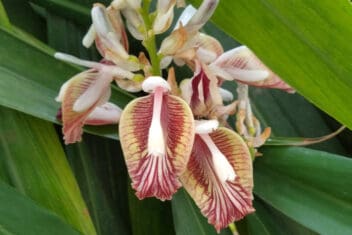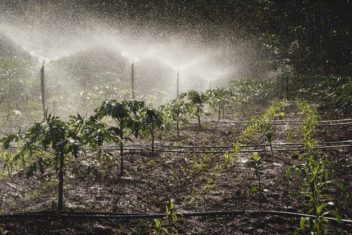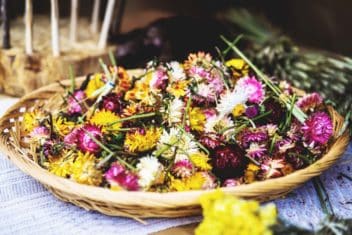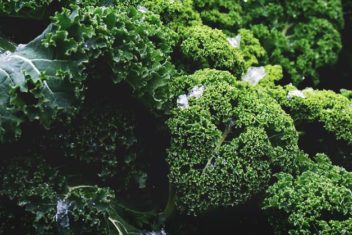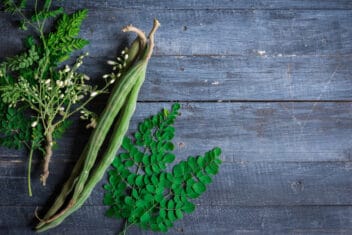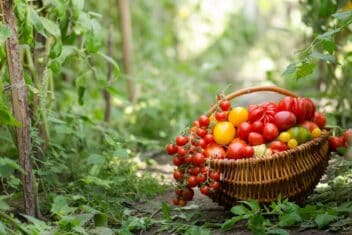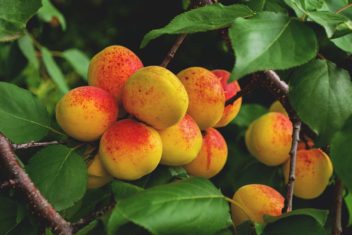Gardening takes a lot of learning; it takes more than putting a plant in the ground and watering it. Part of becoming a gardener is trial and error, but you can start by knowing what gardening mistakes to avoid.
Start off on the right foot by taking these tips from experienced gardeners. If you miss out on these mistakes, you’ll start off better than most gardeners.
Let’s take a look at some of the typical gardening mistakes that new gardeners make when they first get started.
1. Starting Too Large
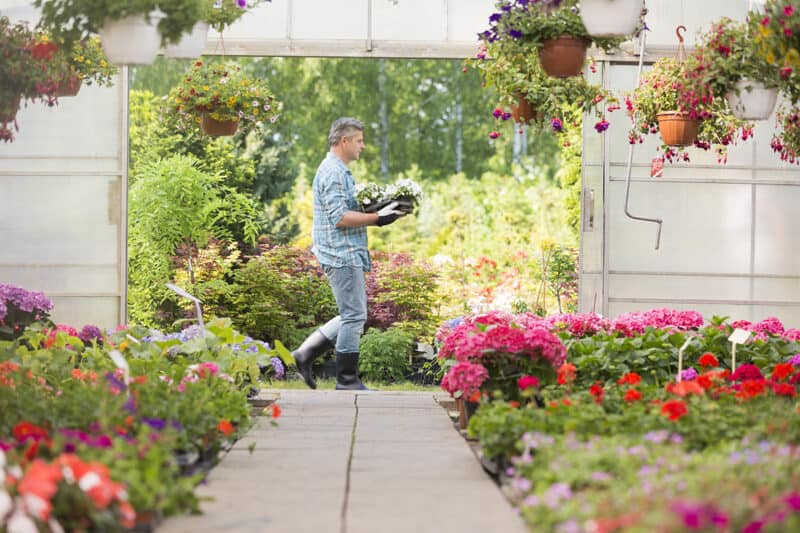
You might have grand plans for a massive garden with paths and lighting and dozens of different shrubs, trees, and veggies. But each plant requires care and a basic understanding of its requirements.
Jumping in with both feet and starting too large will make you feel overwhelmed in a heartbeat.
At first, it won’t seem too bad, but as your plants grow larger and your workload increases, you’ll feel burned out. It’s better to start out small and add more garden beds and plants each year. Keep track in a planner what you do each year, and add more in the following year.
You’ll eventually end up at your dream garden, but it might take some time.
2. Not Preparing The Soil
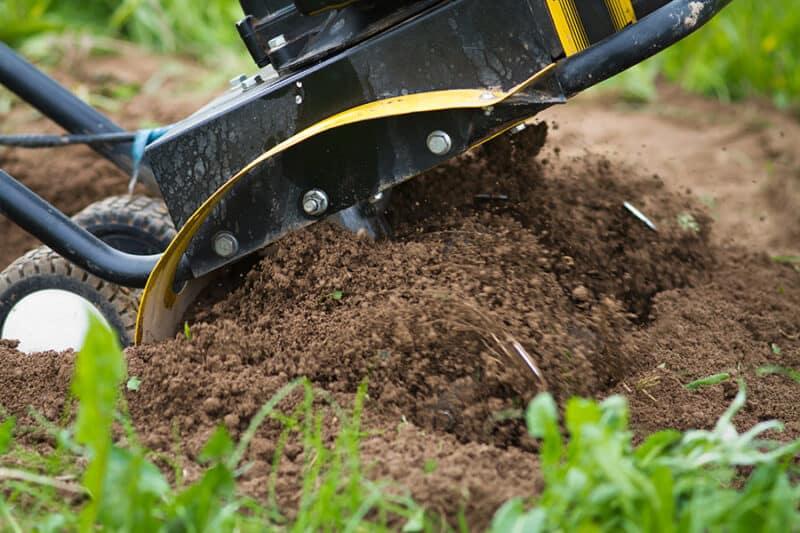
Planting seeds and seedlings in basic garden soil won’t create an environment that they can thrive in. You need to prepare the soil before planting, which will provide plenty of nutrients for growth.
Prepare the soil as early in the season as you can, typically in the early spring. Then, let it rest until the weather reaches the point when you can plant whatever you want to grow.
One of the gardening mistakes so many beginners make is failing to add compost and other nutrients before planting. Yes, fertilizing throughout the growing season is crucial for many plants, but your plants and seeds need immediate nutrients to grow once you plant in your beds.
3. Giving Plants the Wrong Amount of Sunlight
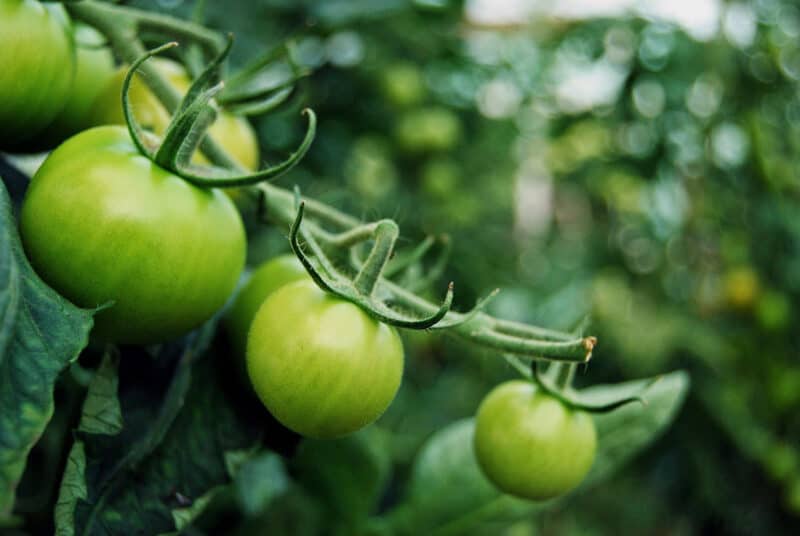
It’s important that you pick a place with the right amount of sunlight for your plants. Each plant has specific requirements; some need only four hours but many need upwards of eight hours of sunlight for proper growth.
All plants have different sunlight needs, so make sure you look at each plant’s requirements beforehand. Before you plant, make a plan so that everything is in the right spot.
Note ant trees that might leaf out and shade plants, or be aware of how the sunlight shifts over the year to ensure plants don’t end up in the wrong light. Planning avoids this simple mistake.
4. Over or Under Fertilizing
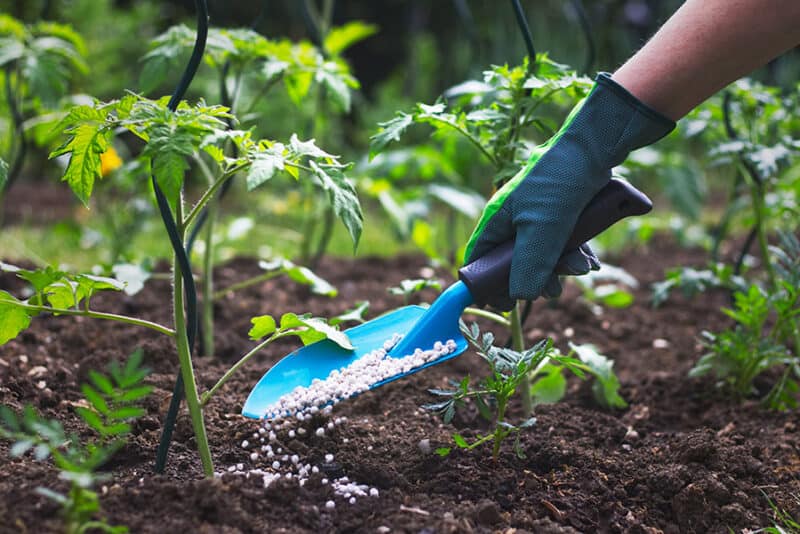
Everyone knows that fertilizing is an important part of gardening, but too much or too little fertilization will damage your plant’s growth.
Not all plants require the same fertilizers and nutrients. While all plants need NPK – nitrogen, phosphorus, and potassium – some need more nitrogen than others. For example, leafy green veggies need more nitrogen, such as lettuce, cabbage, and swiss chard.
Some plants might not need any fertilizer, and all plants suffer if you give them too much.
5. Under or Over Watering

All plants need water; it’s necessary for all life. However, some plants need more water than others.
For example, peppers do well with less water than cucumber plants. Peas need plenty of water because they’re cool-weather crops and thrive in moist soil.
Most people understand that not watering plants will kill them, but not everyone understands that too much water can be damaging. It’s one of the easiest gardening mistakes to make.
One of the easiest gardening tips to remember is to use the finger test before watering your garden.
Depending on the plant, you should be able to stick your finger into the soil to see how moist it is.
A general rule is to put your finger two inches into the soil. If it’s moist, you don’t need to water. If it’s dry, then you need to water. Of course, some plants like cacti should feel dry.
Too much water will rot and destroy the root system of a plant. Without healthy roots, the plant is unable to absorb nutrients.
6. Not Thinning Your Seedlings
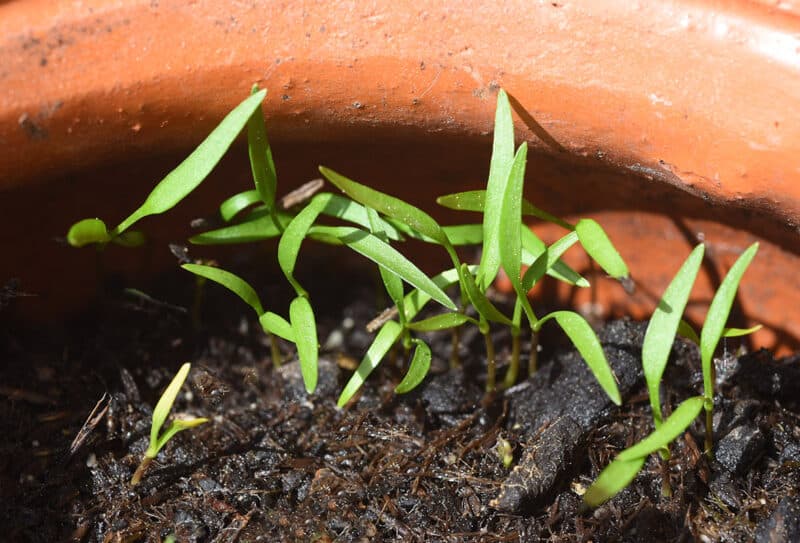
Many seeds are so small that making the proper spacing can be hard. Planting seeds or transplants too closely together causes them to compete for nutrients.
The recommended advice is to plant your seeds, spacing them to the best of your ability. Then, you need to thin them out. Not all seeds will germinate, and not all sprouts survive. Thinning is a necessity, or your plants won’t grow properly.
7. Planting Too Deeply
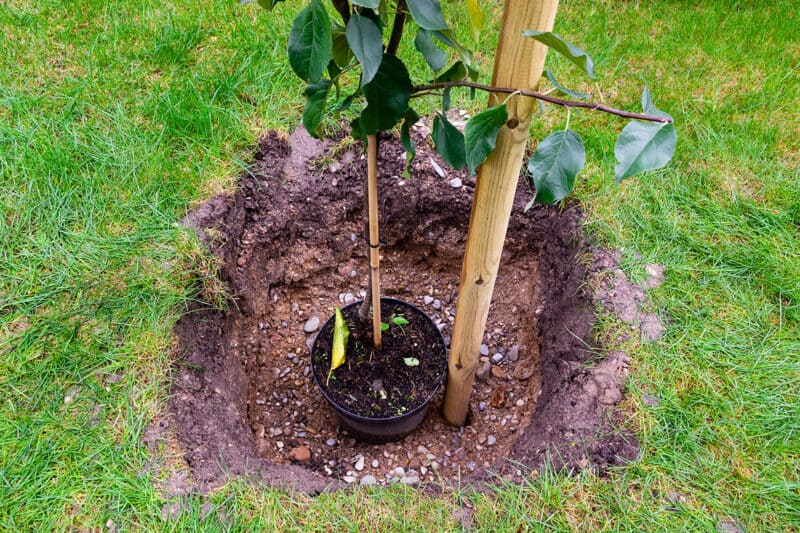
You might think that planting deep is a good thing, but it’s one of the common gardening mistakes made. Large seeds, such as peas, beans, and corn, should be planted deeper. They have to come in contact with enough moisture for them to sprout.
Smaller seeds, such as lettuce, need light as well as moisture to germinate. You don’t need to plant these deeply; they need sown in very loosened soil and pressed into the dirt.
Another mistake that you might make is planting your transplants too deeply. Some transplants need to be planted at the same depth that they were in their pots; this prevents the stems from rotting.
Tomatoes and peppers are the two most common seedlings that need to be planted slightly deeper than they were in the container.
8. Failing to Weed

Weeds need to be removed from your garden beds, but you should remove them when they’re small with tiny root systems.
When you let weeds grow, the root system become stronger and starts to steal nutrients away from your vegetable plants.
8. Adding Too Much Mulch
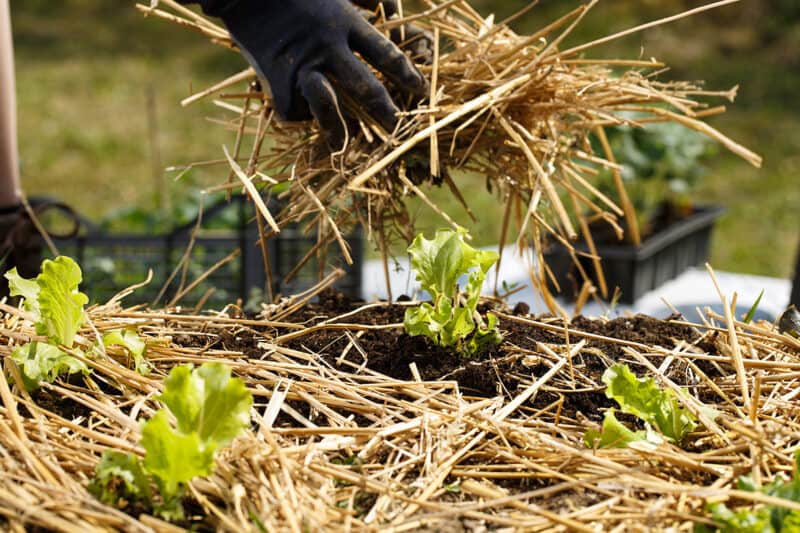
It’s always a good thing to add mulch to your vegetable garden, but adding too much mulch is an easy gardening mistake to make. Using mulch helps to keep weeds from sprouting while retaining moisture and keeping the soil temperature cool or warm.
When you use too much mulch, it can end up matted around your plants, preventing water and sunlight from reaching the roots of your plant.
9. Using Too Little Mulch
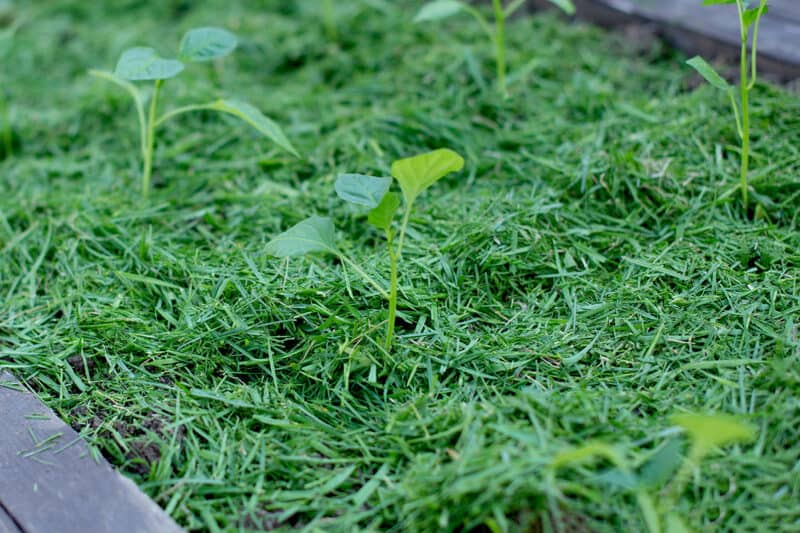
If using too much mulch is considered one of the major gardening mistakes, using too little is just as bad. It makes more work for you, and you won’t maintain the best environment for the plants.
The most notable reason to use plenty of mulch is to suppress weeds, which compete for nutrients. If you don’t use enough mulch, the weeds can still grow.
Another benefit of using mulch is that it helps to retain moisture, but if you don’t lay down a thick layer, the moisture will dry and evaporate at the same rate.
10. Planting Too Early
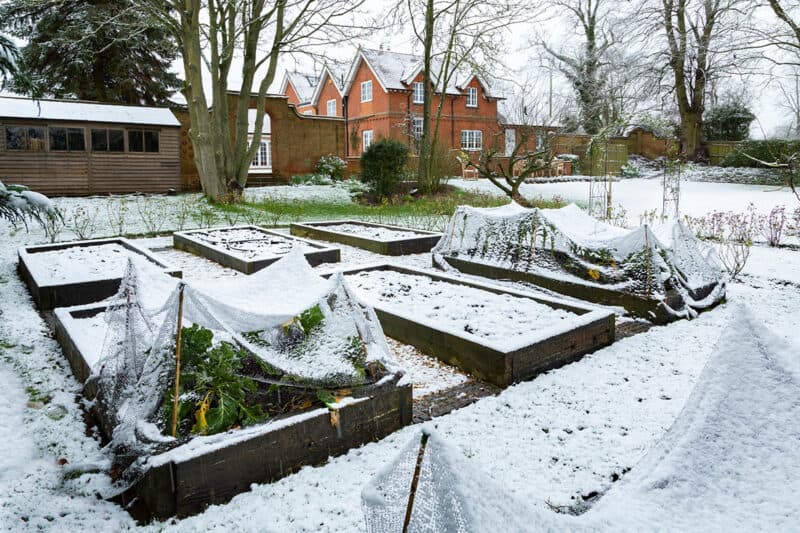
It can be easy to get excited and start planting too early. Who doesn’t love gardening and getting your hands in soil after a long winter?
Starting seeds too early can be problematic, but if they spend too much time inside, the seedlings can become lanky and leggy, eventually dying.
If you plant seeds or seedlings outside too early, you risk encountering a late frost. Plants, even larger ones, can die during a rogue frost.
11. Planting Too Late
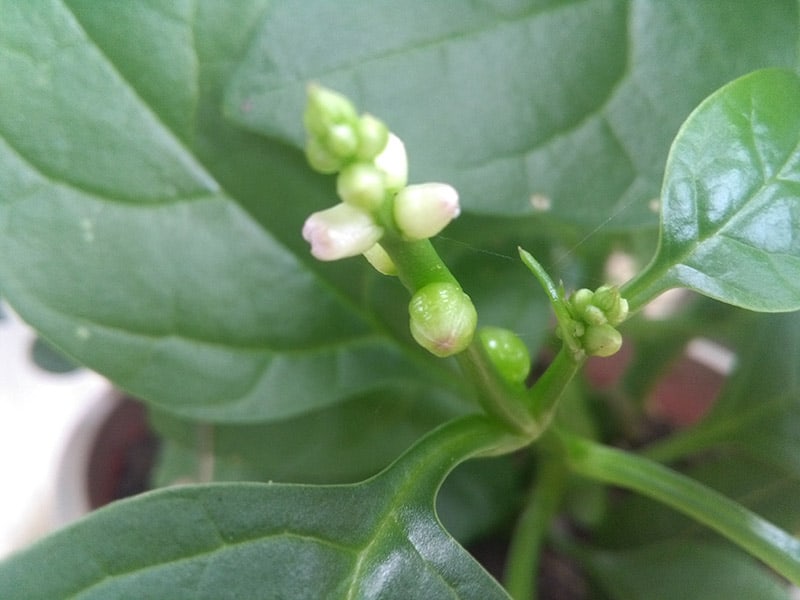
Here is another one of the common gardening mistakes you don’t want to make – putting your plants out too late.
Everything you grow in your garden matures at a certain time; you can figure this out by reading the seed packet or growing info. This will tell you the average days to maturity, which is how many days between planting to the first harvest.
You might think that planting too late is no big deal, but you’d be wrong. Planting anything too late in the season means that they might hit the first frost of the season before they produce their full harvest.
Also, some plants prefer cooler temperatures, so if you plant spring crops too late, they’ll run into warmer temperatures than they like. Some veggies do okay in that situation, but others go to bolt, ruining your harvest.
12. Failing to Harvest Your Plants

You spend all of this time planting, growing, and tending your plants, so when the time comes to harvest, you would think you’d be excited. However, some gardeners are hesitant to harvest when things are ready.
You might think that, if you harvest everything, your plants won’t keep producing, or that you’ll somehow damage your plants by harvesting them.
However, not harvesting the ripe vegetables in time can cause your plants to slow down production. When the branches are full of tomatoes or peppers, your plant doesn’t receive the signal to produce more veggies.
13. Not Staggering Harvest
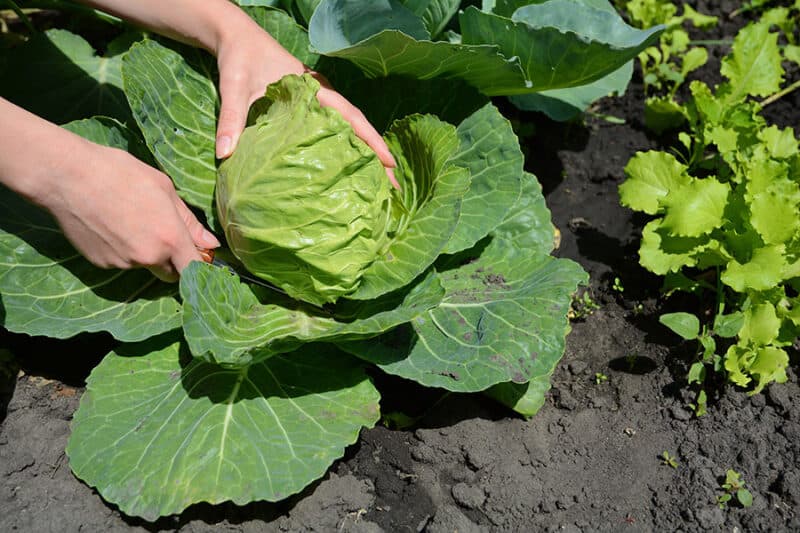
Succession planting is useful for some plants. You don’t want all of your lettuce to come to harvest at one time. Families can only eat so many salads, and you could end up wasting a bunch.
It’s smart to strategically plan your plantings. Try to stagger them for every two to three weeks for crops that aren’t cut and come again. Examples are lettuce, kale, radishes, and carrots.
It’s better to stagger than to waste your vegetables.
